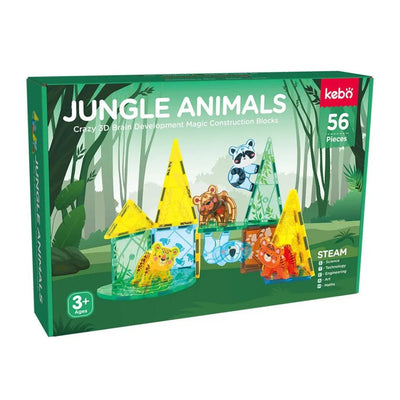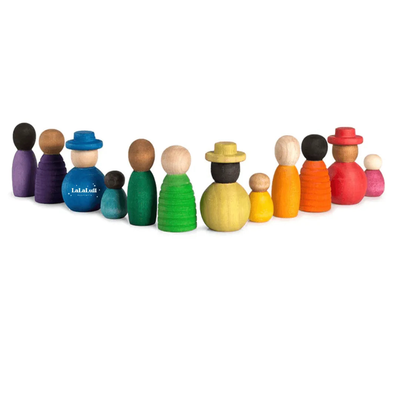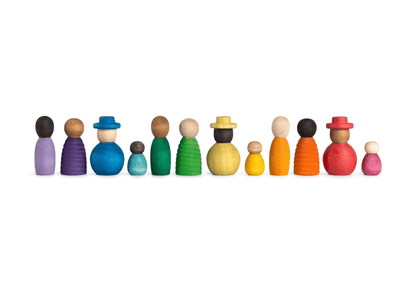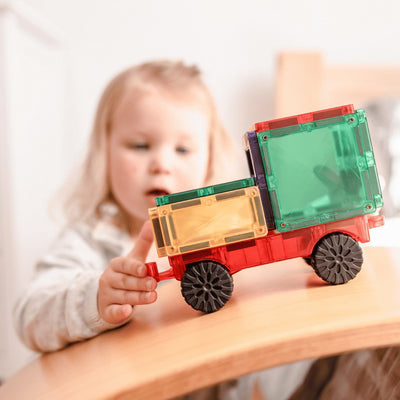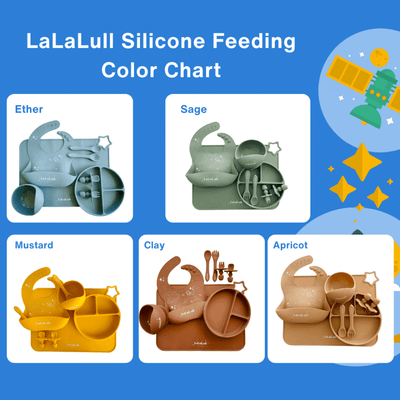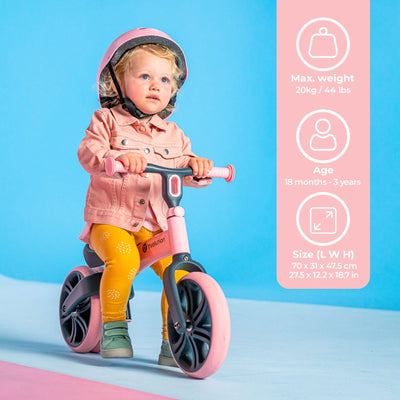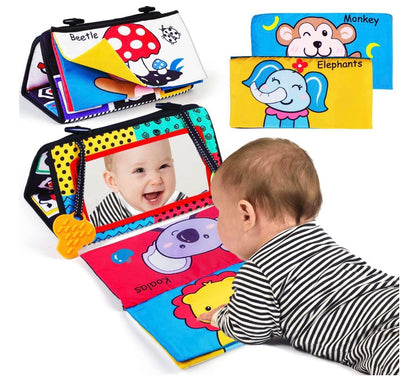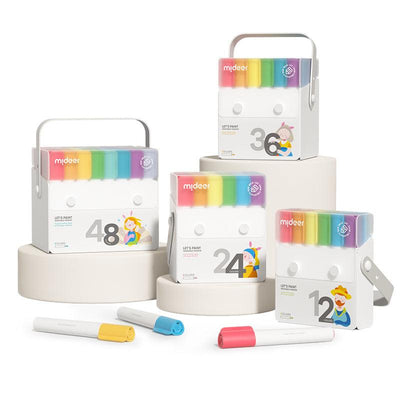Pretend play—also known as imaginative or dramatic play—is more than just fun. It plays a powerful role in early childhood development, nurturing a wide range of skills that help children thrive academically, socially, and emotionally. Whether it’s hosting a tea party, playing doctor, or fixing a toy with pretend tools, each act of make-believe is a building block in your child’s learning journey.
Here are five developmental benefits of pretend play, backed by educational research and real-world classroom insights:
1. Enhances Cognitive Skills
Pretend play strengthens memory, problem-solving, and critical thinking. When children plan out roles or sequences (like cooking in a toy kitchen), they are learning to think ahead, make decisions, and apply logic. These scenarios mimic real-world challenges, which helps them develop executive functioning skills used later in reading, maths, and life tasks.
2. Builds Social and Emotional Intelligence
Role-playing different characters teaches empathy and cooperation. Children learn how to share ideas, negotiate roles, and express feelings. Pretend conflicts (like taking turns being the customer) help toddlers practice patience and emotional self-regulation in a safe, imaginary setting.
3. Strengthens Language and Communication
Imaginative play naturally encourages children to speak, listen, and describe. Whether they’re explaining what they’re cooking or pretending to be a shopkeeper, they use more complex vocabulary and sentence structures. It boosts confidence and sets the foundation for strong literacy skills.
4. Fuels Creativity and Abstract Thinking
Pretend play transforms ordinary items into magical objects—a box becomes a rocket, a spoon becomes a microphone. This kind of abstract thinking is essential for future problem-solving, storytelling, and innovation. It teaches kids to think beyond what’s in front of them and invent new solutions.
5. Supports Physical Development
Many pretend play activities involve motion, fine motor skills, or hand-eye coordination. Dressing dolls, setting up toy food, or sweeping with a toy broom all support coordination and muscle control. These small but meaningful movements lay the groundwork for writing, cutting, and independent dressing.
🌟 Step-by-Step Guide: How to Encourage Pretend Play at Home
Step 1: Create a Play Space
Designate a corner or play area where your child can spread out, be noisy, or imaginative without interruption.
Step 2: Offer Open-Ended Toys
Toys like kitchen sets, doctor kits, wooden tools, or cleaning sets are versatile and stimulate varied role play.
Step 3: Join in the Fun
Model pretend scenarios to show your child how to start. Let them take the lead and build on their ideas.
Step 4: Rotate Props Regularly
Keep playtime fresh by switching up items—a pirate hat one week, a stethoscope the next. Even cardboard boxes can become castles or cars.
Step 5: Give Time and Space
Let them dive deep into the world of pretend. Avoid interrupting their storylines. This deep play leads to the richest learning.
🎈 Final Thoughts
Pretend play offers lasting developmental value, supporting brain growth, emotional regulation, language acquisition, and more—all in a joyful, child-led way. By encouraging role play at home, you’re not only entertaining your child but empowering them with tools for life.
Explore BabyCoo’s full range of Pretend Play Toys to help your little one imagine, explore, and grow through play.

